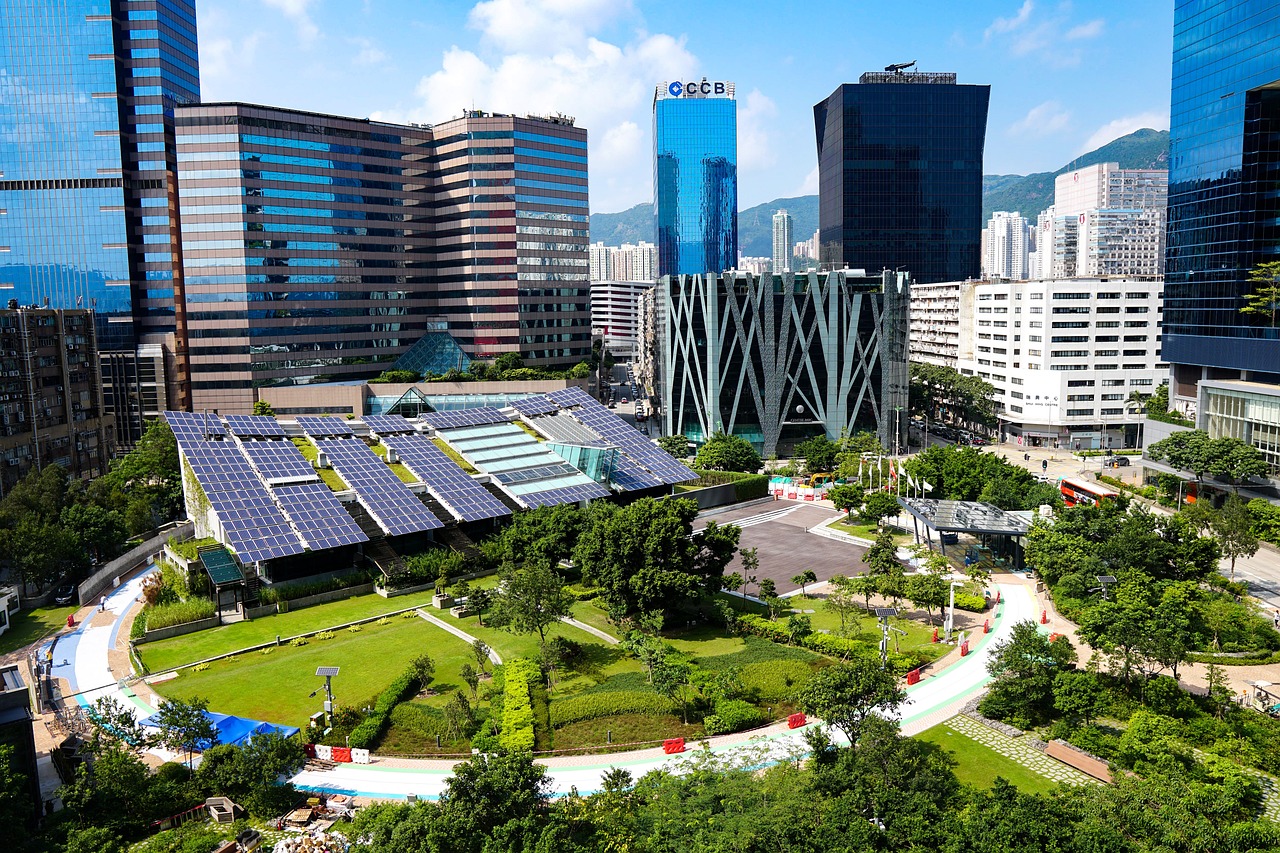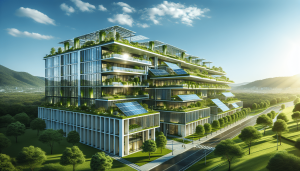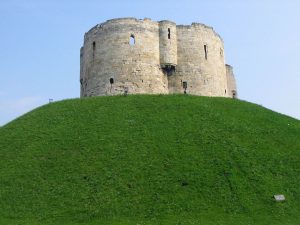Hey everyone! Let’s dive into the world of sustainable landscape architecture together. In today’s article, we’re exploring the key elements that make this field so inspiring and essential for our planet’s future. From selecting native plant species to best management practices for water usage, we’ll uncover how every choice we make in designing our outdoor spaces can contribute to a healthier and more sustainable environment. Join us as we discover how thoughtful planning, environmental stewardship, and innovative solutions come together to create landscapes that not only beautify our surroundings but also help protect our natural resources for generations to come. Have you ever wondered what makes a landscape truly sustainable? As we push forward in our quest to create greener and more eco-friendly spaces, understanding the core components of sustainable landscape architecture becomes more critical than ever. Let’s dive into this fascinating topic together.
Understanding Sustainable Landscape Architecture
Sustainable landscape architecture is a design approach that focuses on creating environments that are beneficial both to individuals and the planet. It works by balancing environmental, social, and economic considerations to construct resilient and healthy spaces.
What Is Landscape Architecture?
Landscape architecture is the art and science of designing outdoor spaces. It’s about more than just beautiful gardens—it’s about ensuring that these spaces function well for people, plants, and animals.
Why Is Sustainability Important?
Sustainability is paramount in landscape architecture because it directly impacts our environment, our health, and our future. Sustainable practices help reduce pollution, conserve natural resources, and create robust ecosystems.
Key Elements of Sustainable Landscape Architecture
Now that we’ve set the stage, let’s explore the key elements of sustainable landscape architecture. Each of these elements plays a crucial role in establishing landscapes that thrive over the long term.
Site Analysis and Planning
The first step in sustainable landscape architecture is thorough site analysis and planning. This involves understanding the site’s natural characteristics, such as soil type, climate, and topography.
- Understanding Soil Type: Different soils support different plant types, and understanding the soil can help us make better decisions about what to plant and where.
- Climate Considerations: We must consider local climate conditions, including temperature, rainfall, and prevailing winds, to help select plants that will thrive.
- Topography Matters: The land’s shape and elevation affect water drainage and sunlight exposure, both of which are crucial for plant health.
Native and Drought-Resistant Plants
Using native and drought-resistant plants is a cornerstone of sustainable landscape design. These plants are adapted to the local environment and require fewer resources to maintain.
Benefits of Native Plants:
- Low Maintenance: Native plants are adapted to local conditions, making them easier to care for.
- Support for Local Wildlife: They provide habitat and food for local fauna.
- Resource Efficiency: Native plants typically need less water, fertilizer, and pesticide.
Efficient Water Management
Water is a precious resource, and managing it efficiently is a critical part of sustainable landscape architecture.
Techniques for Efficient Water Management:
- Rainwater Harvesting: Collecting and storing rainwater for landscape irrigation.
- Drip Irrigation: A precise watering method that delivers water directly to plant roots.
- Permeable Surfaces: Materials that allow water to soak into the ground, reducing runoff and erosion.
Soil Management and Health
Healthy soil is the foundation of any sustainable landscape. It supports plant growth and contributes to the overall ecosystem’s productivity.
Key Practices for Maintaining Soil Health:
- Composting: Organic waste recycling enriches the soil.
- Mulching: Helps retain soil moisture and suppress weeds.
- Erosion Control: Methods like using groundcover plants to prevent soil degradation.
Energy Efficiency
Sustainable landscapes should also be energy efficient. This involves strategic placement of vegetation, use of renewable energy sources, and thoughtful design to reduce energy consumption.
Use of Sustainable Materials
Choosing sustainable materials is essential. This includes using recycled or recyclable materials, locally sourced products, and materials with low environmental impact.
| Material | Sustainable Alternative |
|---|---|
| Concrete | Recycled concrete, permeable pavers |
| Wood | Reclaimed wood, FSC-certified timber |
| Plastics | Recycled plastic, biodegradable composites |

Social and Economic Aspects of Sustainable Landscape Architecture
Designing for sustainability isn’t only about the environment. We must also consider the social and economic aspects to ensure holistic development.
Enhancing Community Well-Being
Sustainable landscapes promote community engagement and well-being by providing aesthetically pleasing, functional, and inclusive spaces.
Social Benefits:
- Accessibility: Ensure spaces are accessible to people of all abilities.
- Recreation Areas: Create areas where people can relax and engage in physical activities.
- Educational Opportunities: Design landscapes that educate the public about sustainability and local flora and fauna.
Economic Viability
Sustainable design should also be economically viable. This means creating landscapes that can be maintained cost-effectively.
Economic Considerations:
- Low Maintenance Costs: Choosing materials and plants that require minimal upkeep.
- Long-Term Savings: Investing initially in sustainable practices can reduce long-term costs.
Case Studies in Sustainable Landscape Architecture
Examining real-world examples can help us understand how these principles are applied. Here are a few noteworthy case studies.
The High Line, New York City
The High Line is a prime example of repurposing space sustainably. This elevated park was created on an old railway line and features native plants, sustainable materials, and extensive use of green infrastructure.
Millennium Park, Chicago
Millennium Park combines innovative design with sustainable practices. It includes features like green roofs, rain gardens, and recycled materials to minimize environmental impact.

Future Trends in Sustainable Landscape Architecture
As we look ahead, several trends are shaping the future of sustainable landscape architecture. Staying informed about these trends will help us continue to create resilient and adaptive landscapes.
Climate-Resilient Design
Designers increasingly focus on landscapes that can withstand extreme weather events and changing climate conditions. This includes selecting robust plant species and incorporating flexible design elements.
Technological Integration
Technological advancements are rapidly changing how we approach sustainable landscape design. This includes smart irrigation systems, energy-efficient lighting, and the use of drones for site analysis.
Urban Agriculture
Urban agriculture, including rooftop gardens and community plots, is a growing trend. It supports local food production, reduces urban heat islands, and promotes social interaction.
Frequently Asked Questions
We often receive questions about sustainable landscape architecture. Here are a few of the most common ones, along with our answers.
What Is the Biggest Challenge in Sustainable Landscape Architecture?
One of the biggest challenges is balancing immediate costs with long-term benefits. Sustainable designs often require a higher initial investment, but they save money and resources over time.
How Can Homeowners Implement Sustainable Practices?
Homeowners can start with small actions like planting native species, using rain barrels, and opting for organic fertilizers. Over time, these practices can significantly impact their landscape’s sustainability.
Are There Certifications for Sustainable Landscape Architecture?
Yes, several certifications can help guide sustainable practices. These include LEED (Leadership in Energy and Environmental Design) and SITES (Sustainable Sites Initiative).

Conclusion
By understanding and integrating the key elements of sustainable landscape architecture, we can create environments that are not only beautiful but also resilient, healthy, and conducive to both human and ecological well-being. As we continue our journey toward sustainability, let’s remember that every small step adds up to significant change.
Together, we can transform our landscapes into sustainable havens that support life and thrive for generations to come. So let’s get started on this green journey, one step at a time. Thank you for joining us in exploring the intricate and rewarding world of sustainable landscape architecture.



